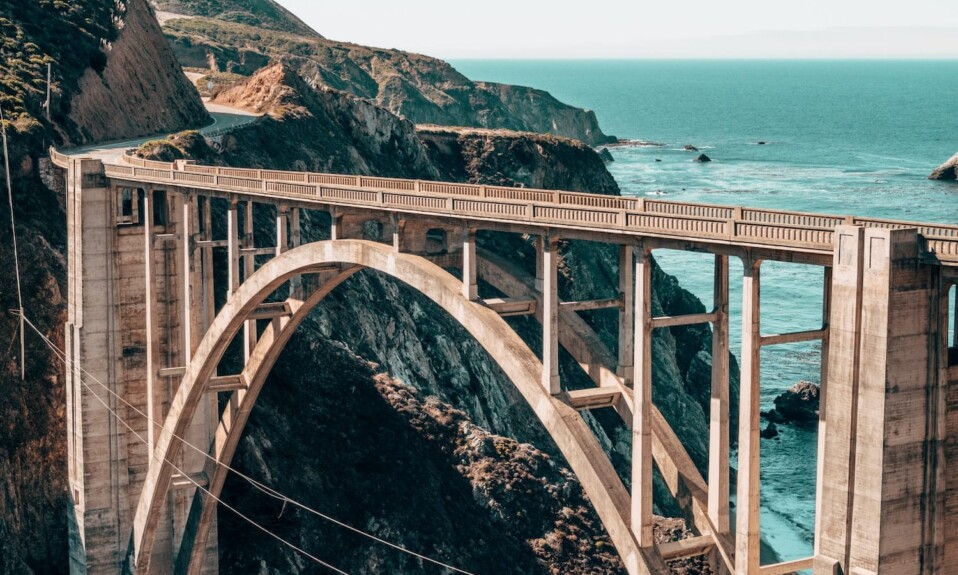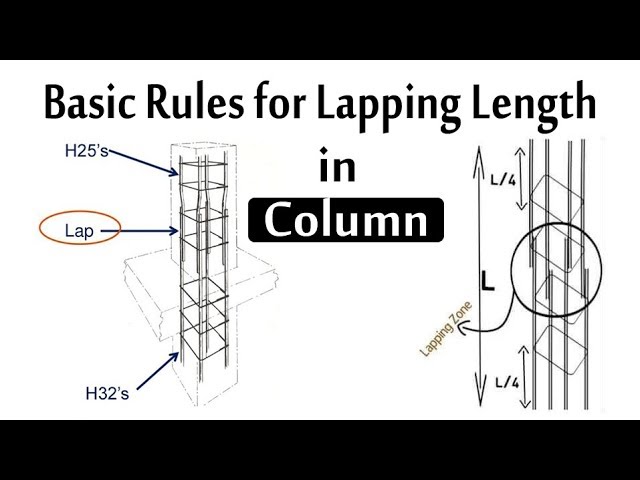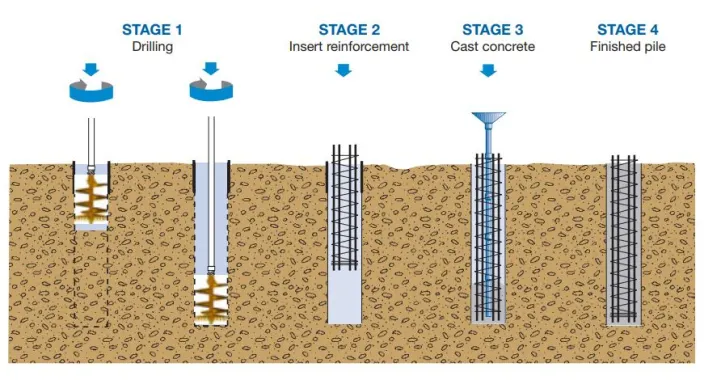To a layman, bridges are all same but do you know there are many types of bridges. Their building structure and the process of constructing them are entirely different too. In this article, we will talk about types of bridges and their advantages and disadvantages. Have a look!
Bridges are one of the mega structures that connect you with two different places. Over time, we all have seen different bridge designs made by engineers worldwide. They all are constructed by following different architectural principles and methods.
An engineer must consider location, traffic volume, weight, budget, and resources available to construct a bridge. Therefore, if you belong from an engineering background and think about constructing bridge projects, you should know about these seven basic types of bridges. The guide helps you know about the ins and outs of constructing all these types of bridges.
So, let’s get started and find out all the types of bridges that fascinate you but don’t know much about them.
Also, check out a guide on types of highways and where to construct them.
Types of Bridges with Advantages and Disadvantages
Let’s find out all the types of bridges that any engineer should know. Not only that, we have mentioned the types of bridges but what are the advantages and disadvantages associated with them. Have a look!
1. Beam Bridges (Constructed with Concrete and Steel)
The first one in our list of types of bridges is the beam bridge. The beam bridges are among the most unique and straightforward construction designs using crossbeams. The bridges have the support of the abutments under the cross beams. In some cases, piers are also added to provide double support under the beams to support a longer life span. In this type of construction, you can join the multiple services of beams and bridges to enhance strength.
The beams run parallel to each other to support the deck. It’s a form of straightforward supported structure.
Checkout this complete guide on different type of beams.
What are the Advantages?
- Easy to construct and has a simple design.
- Doesn’t cost much if there is no requirement for piers.
- Versatile enough to construct in many locations.
- Bridge modules can be assembled away from the construction location.
- Multiple forms of material are used to construct such bridges.
What are the Disadvantages?
- Life span is limited to supporting structures.
- They have a poor aesthetic design.
- After some time bridge starts sagging.
- Cost may vary due to fluctuations in steel prices.
- Maintenance required and painting needs are tedious and time-consuming.

2. Arch Bridges (Constructed with Stones and Bricks)
The prime structural component of such bridges is arches positioned under the deck. Arch bridges have been in practice since ancient times using bricks and stones. However, brick has been replaced with concrete structures in modern times.
No matter which kind of material you use for construction, the structural principle remains the same. The arch bridge also applies downward compression pressure from the deck. The compression pressure moves downward near the supporting structures and towards the keystone at the bridge’s end.
What are the Advantages?
- Adapt according to the environmental condition.
- Offer excellent resistance and strength.
- Excellent lifespan as compared to the beam style bridges.
- Bridges can be constructed with bricks, stones, steel, and other material.
What are the Disadvantages?
- Time-consuming maintenance and construction.
- Need more arches for a long span.
- Need ample support for a longer life span.
- Need expertise for such mega constructions.

3. Cable-Stayed Bridges (Made With Cables and Concrete)
Another one in our list of types of bridges is the bridge constructed with cables and concrete. Ages back to the 16th century, cable-stayed bridges were the most popular bridges designed with a longer life span. However, the life span is shorter compared to the suspension bridges. This bridge design uses strong deck cables connected from different vertical columns, pylons, and towers connected in harp and fan configuration.
The cables support the whole deck, and the bridge construction may confuse you with the structural design of vertical cables between supported cables and deck cables. The most common material used in constructing such bridges is concrete pylon, steel, concrete box girders, post-tensions, and steel ropes.
What are the Advantages?
- Fastest construction as compared to other forms of bridges.
- More stable and has a rigid structure.
- Cost-effective and aesthetically pleasing.
- Myriad of designs and options available such as cantilever-spar, cradle-system design, and side-spar.
What are the Disadvantages?
- Ideal for average distance.
- The cost of maintenance is higher and not accessible in some areas.
- With time, cables start rusting and have higher fatigue.
- Easy to wreck.
- Not ideal for construction in earthquake-prone areas and climate conditions.

4. Cantilever Bridges (Constructed with Concrete, Anchors, and Pillars)
The cantilever bridges are constructed using pillars anchored securely to the ground. The bridge structure is then constructed with horizontal beams in the outward direction for each pillar and supported with diagonal bracing. The whole load of the bridge is on the suspended central span, and bricks here act as the anchor system for the beams of cantilever bridges.
These bridges can be made using different materials such as box girders, steel structural designs, and concrete when the bridges are large and need to carry the extra load of rail traffic.
What are the Advantages?
- Excellent for a longer life span.
- Support is needed on one side of the cantilever.
- Excellent for constructing in flood-prone areas and deep rocky valleys where the supporting structures are difficult to construct.
- No disruption to the traffic crossing under the bridge.
- The cantilever can also be constructed simultaneously to reduce the construction time.
What are the Disadvantages?
- Maintenance is difficult.
- Labor-intensive work and need more heavy structure.
- Doesn’t suit earthquake-prone areas and extreme weather conditions.
- High tension was experienced during the construction of the bridge.
- Stability relies on tensile forces and balancing compressive.

5. Suspension Bridges (Constructed with Suspension Cables)
Suspension bridges aren’t new for engineers because they have been using wooden planks and ropes in practice for ages. However, the suspension bridges have been constructed with metal structures and concrete materials.
The suspension bridges use different forms of pylons and vertical towers constructed with reinforced concrete and steel. The towers are present between the pylons as the prime supporting cable structures. The supporting cables are usually made with galvanized steel wires and casings.
What are the Advantages?
- Ideal for the longer time span.
- Bridges can be used as a landmark and look aesthetically pleasing.
- Waterways don’t disturb by bridge construction.
- Flexible design due to which deck section can be replaced quickly.
- Plenty of spaces for passing ships.
What are the Disadvantages?
- Not so sturdier as other forms of bridges.
- The extremely windy conditions can affect the life span of bridges.
- The suspension starts vibrating during extremely windy conditions.
- Bridges may struggle to support trains and heavyweights.
- The entire bridge may collapse if only one cable gets damaged.
- Maintenance is difficult.

6. Truss Bridges (Constructed with Iron)
A Truss bridge has many configurations, but the most common configuration you have ever seen is a triangular section. The entire structure is bound together with riveted and welded joints. These trusses can be constructed in horizontal and vertical directions, easily absorbing compression and tension. The result of the construction is decking and a structure that can withstand strong winds and extreme weather conditions.
However, these bridges are generally cost-effective and have been used for a long time. In the 19th century, truss bridges were built using wooden blocks. But now, these kinds of bridges are constructed with steel and iron.
You should also check our guide on major types of roads every engineer should know which will also help you in constructing bridges as well.
What are the Advantages?
- Easy to build on the off-sites.
- Sturdier than expected.
- Lighter as compared to other bridges.
- Cost-effective and withstand even extreme weather conditions.
- A versatile design able to the roadway along the middle, move the deck truss and on lower truss sittings.
What are the Disadvantages?
- With passing time, older truss bridges only used for light traffic.
- Truss bridges need excellent construction and even weight distribution.
- Consume a lot of space and require a large interconnecting triangle structure that can handle heavy loads.
- Need experienced engineers and architectures for construction.
- The width requires to improve the life span.

7. Tied-Arch Bridges (Constructed with Metals and Concrete)
The tied arch bridge needs supporting structures similar to those used in arches and suspension bridges. However, the arched bridge is positioned just above the deck and supported with vertical cables interconnected with the deck.
The arch style also uses a vertical cable, which offers tension to support the passing load. The arch is also helpful in keeping the bridge stable and sturdier.
What are the Advantages?
- Extremely strong and reliable.
- Need less force and tension on abutments.
- It can be built away from the construction place and off-site as well.
- Withstand extreme weather conditions.
What are the Disadvantages?
- Need regular maintenance to improve the life span.
- The entire bridge structure collapses just with on hanger damage or break.
- Limited time as compared to the suspension bridges.
- Construction is more expensive than that other forms of bridges.

7 Types of Bridges
With this we came to an end discussing all the types of bridges that are mostly constructed around the world by the engineers.
So, now you have better insight into a different type of bridges. You can use the information while constructing the mega bridges projects. Some modern bridges are also constructed using two bridge construction methods to construct floating and moveable bridges.
Whatever type of bridge you choose to contruct, make sure to check the advantages and disadvantages we have mentioned with each of the type. This will help you in constructing a strong and long-lasting bridge.
Hope you like the article featuring types of bridges around the world. Do let us know in the case of any confusion in the comments section below.
Are beam bridges strong enough?
Yes, the material used in beam bridges are strong, durable and light enough to withhold the pressure. Advanced materials are used to construct beam bridges that makes it strong and long-lasting bridge type.
Where do you use beam bridges the most?
Beam bridges are mostly constructed over highways or if there are any gaps in the landscape such as water bodies. It allows people to cross the gaps safely.
What is the advantage to an arch bridge?
The one most important advantages for an arch bridge is it provides the great level of resistance. It has a longer time of span in comparison to other types of bridges.
How many types of basic bridges are there?
There are 7 major types of bridges that are being contructed over the world. These are beam bridges, arch bridges, cantilever bridges, cable-stayed bridges, suspension bridges tied-arch bridges and truss bridges. You can choose any of these bridge types as per their advantages and disadvantages. Different landscapes required different types of bridges that you need to take care of before any construction.
What is the strongest type of bridge?
Truss bridge design is commonly regarded as the strongest type of bridge design in the world. Even though many modern bridge designs have been construncted but this century old design is still famous and strong enough to withhold any type of weight.





